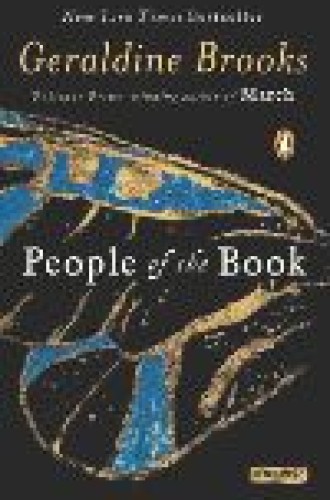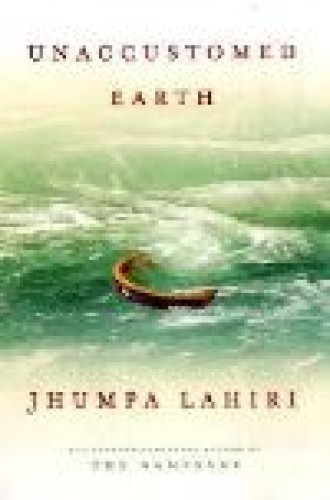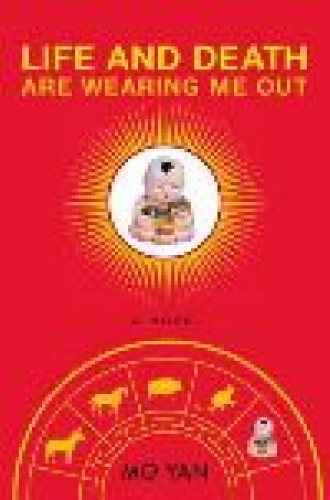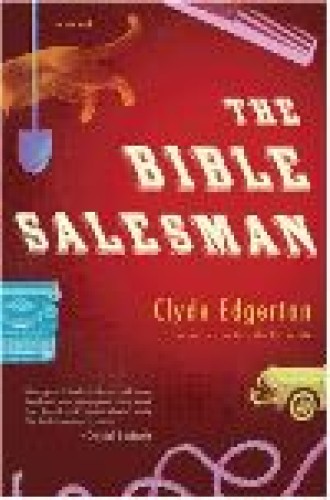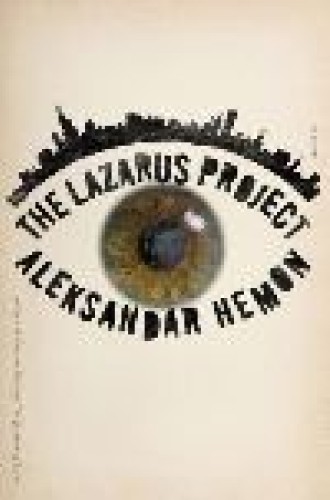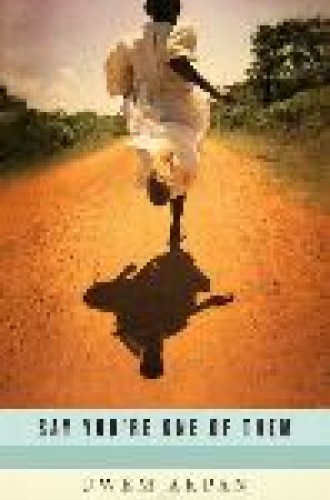The Century recommends
The Sarajevo Haggadah is an illuminated Hebrew manuscript that originated in Spain around 1350. Brooks offers a fictional account of the history of this ancient volume, tracking its journey from the 14th century to its appearance at the National Museum in Sarajevo. An Australian expert in ancient manuscripts, Hannah Heath, is the central character. She tries to uncover the mysteries of wine stains, a cat’s hair, an insect wing and other evidence left on its pages, but the book’s story can be known only in the imagination. The novel brings alive the history of Jews, Christians and Muslims in this region.
Eight compelling and lyrical stories take the reader from Seattle to India and beyond. Each story weaves together issues of cultural and generational difference. In the opening story, a woman raised in an Indian family is living in Seattle with her husband and child when her father comes to visit. Both father and daughter are struggling in different ways with the loss of her mother and the difficulty of communicating with each other. Lahiri is a wise and sensitive observer of characters’ inner lives and external circumstances.
Chinese novelist Yan combines humor and seriousness in a way reminiscent of Mikhail Bulgakov. The story follows landowner Ximen Nao through hell and subsequent incarnations as a donkey, ox, pig, dog and monkey, and finally as an uncanny child. The novel traces Chinese history from Mao’s land reforms in 1950 through 50 years of transformation.
Henry Dampier is selling Bibles on the road in North Carolina when he meets car thief Preston Clearwater, who persuades him to join a band of thieves. Dampier has just begun to read the Bible for himself and is finding it far more confusing than he had anticipated. Did God create animals and then people or people and then animals? Did God approve of Sarai telling her husband Abram to have sex with another woman? The reader travels with Clearwater and Dampier through stages of innocence and deception while Edgerton creates laughter and reflection at every turn.
Hemon’s novel begins in Chicago in 1908 when a Jewish man is killed in the living room of the chief of police. One hundred years later, another Eastern European immigrant, Vladimir Brik, becomes obsessed with Lazarus Averbuch’s story and tries to trace the man’s history backward in both time and geography. Was he an anarchist with a violent plot against the chief of police? Was he the victim of a xenophobic age? As Brik’s understanding of Lazarus progresses, their two stories begin to eerily merge.
Akpan confronts some of the most painful issues in contemporary Africa—child trafficking, prostitution, violence and war—through the eyes of children. Indulging neither in sentimentality nor in horror, the Jesuit author simply asks readers to expand their empathy. In an interview Akpan commented, “Fiction allows us to sit for a while with people we would rather not meet.”
More recommendations:
Theology and the Bible
Memoir, biography and spirituality
Current events
Children's literature
Classical music
Pop Christmas music
Classic DVDs


